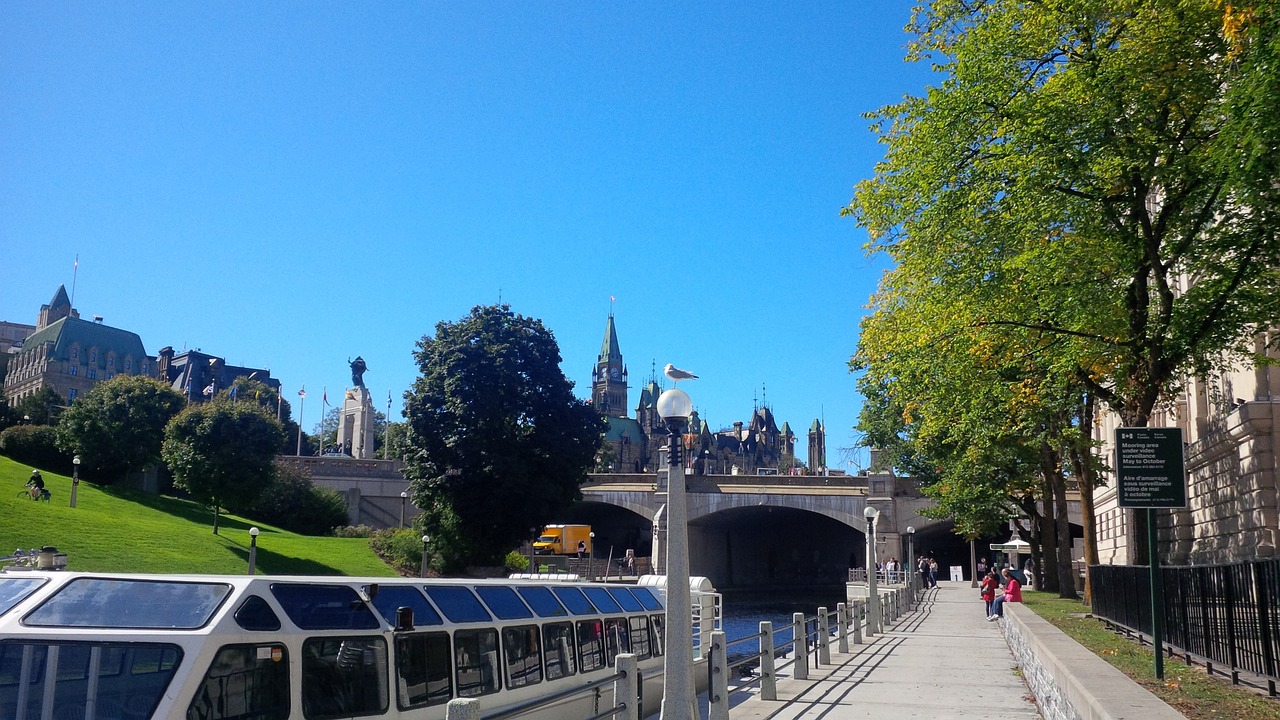Frequently Asked Questions about 15-Minute Cities
How do 15-minute cities affect property values?
Property values in 15-minute cities tend to be positively impacted due to the increased demand for homes in areas that prioritize walkability, accessibility, and convenience. The concept of having essential services and amenities within a short distance enhances the desirability of neighborhoods. Homes in these areas often experience higher demand from individuals and families who value the quality of life offered by the proximity to various amenities, reduced commute times, and the ability to live a car-free or car-lite lifestyle. As demand increases, property values may rise as a result.

What role does public transportation play in these cities?
Public transportation plays a crucial role in 15-minute cities by providing an efficient and sustainable means of mobility. While the goal is to have essential services within walking or biking distance, public transportation serves as a vital link for destinations beyond that range. Well-connected and reliable public transportation networks allow residents to easily access areas that might not be reachable by foot or bike within 15 minutes. This integration reduces the need for private car ownership, decreases traffic congestion, and contributes to the overall sustainability of the city.
How can existing urban areas transition to 15-minute cities?
The transition of existing urban areas into 15-minute cities involves a multifaceted approach that requires urban planning, infrastructure development, and community engagement. It often includes rezoning to encourage mixed-use development, creating pedestrian-friendly zones, establishing cycling infrastructure, and improving public transportation options. Local governments and city planners work collaboratively to implement policies that promote walkability, access to essential services, and the reduction of urban sprawl. Engaging the community in the planning process is essential to ensure that the transformation aligns with residents' needs and aspirations.
Are 15-minute cities feasible in larger metropolitan areas?
While the concept of 15-minute cities originated from the idea of smaller, more compact urban areas, the principles can be adapted to larger metropolitan regions. In larger cities, creating self-contained neighborhoods that offer essential services and amenities within a 15-minute radius might be challenging due to the sheer size and existing infrastructure. However, the concept can still be applied by focusing on creating interconnected districts with accessible transportation options and local hubs that serve the needs of residents within a reasonable timeframe. The emphasis on reducing long commutes and fostering vibrant communities remains relevant.

How does the concept of a 15-minute city impact urban planning regulations?
The concept of 15-minute cities has the potential to influence urban planning regulations significantly. City planners and policymakers might revisit zoning regulations to encourage mixed-use development, prioritize pedestrian-friendly design, and allocate space for cycling infrastructure. Heightened emphasis on community engagement and input in the planning process may also be required to ensure that the principles of the concept align with the needs of the local population. Furthermore, city authorities might invest in creating and maintaining green spaces, improving public transportation networks, and implementing policies that support sustainable urban growth.
Are you intrigued by the vision of 15-minute cities and how they might shape the future of urban living? If you're considering buying or selling a home in Ottawa or surrounding towns, I'm here to help you navigate this transformative concept. Reach out to me, Roch St-Georges, at roch@rochstgeorges.com or call 613-889-7732, and let's discuss how you can be part of the evolution of sustainable, walkable communities.





